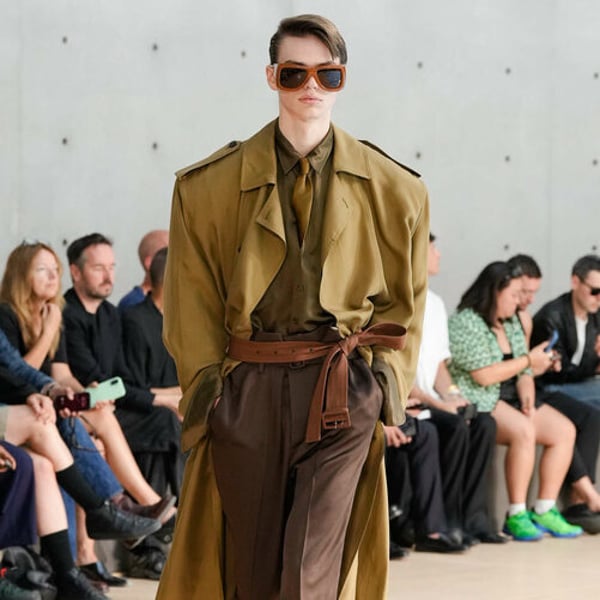Translated by
Nazia BIBI KEENOO
Published
March 27, 2025
For decades, globalization has been the driving force behind the luxury industry’s expansion. However, this long-standing framework is now under pressure as nationalist sentiment gains momentum across major markets, including the U.S. and China. According to analysts at Bernstein, this shift could slow the progress of luxury brands already navigating a fragile economic landscape in the context of rising geopolitical and trade tensions.

Luxury has long relied on globalization to fuel its growth, steadily reaching new markets across the world. So far, the sector has proven resilient—even amid the war in Ukraine and resulting European sanctions against Russia, which once served as a key market. Wealthy Russian consumers continued to access luxury products through alternative destinations such as the Gulf, Israel, Switzerland, or London.
But with tariffs on global exports to the U.S. now increasing, the landscape is shifting.
“If tariffs rise to 20–25%, it could hinder China’s economic recovery and weaken American consumer demand. If they reach 200%—as former President Donald Trump suggested for spirits—it would effectively shut the U.S. market to European alcohol producers,” Bernstein stated. In its recent “State of Luxury” report, McKinsey estimated that import tariffs could slash U.S. luxury spending by $46 billion to $78 billion annually.
Luxury brands are already exploring ways to adapt, with geographical rebalancing emerging as a key strategy. While China has yet to impose major tariffs on luxury goods, many brands have scaled back their presence in the market since the pandemic. A combination of COVID-19-related restrictions, a more nationalistic tone, and slowing economic growth has prompted several players to reduce investment in what was once among their most profitable markets.
At the same time, brands have expanded their footprint in the United States, opening stores in cities beyond traditional hubs like New York and Los Angeles. Locations such as Detroit, St. Louis, Nashville, and Austin are now part of its growth strategy. Looking ahead, companies must focus on generating revenue from a more diverse and balanced mix of national markets. Some, including Bulgari, are already exploring new destinations, such as India, to support long-term growth.

Another strategy Bernstein recommends is stronger local engagement, particularly through storytelling and globally resonant partnerships. Sports offer a powerful universal language that luxury brands are actively leveraging. Notable examples include LVMH’s sponsorship of the Paris 2024 Olympic Games and its decade-long global partnership with Formula 1.
Offshoring could also become a solution. To mitigate the impact of high U.S. tariffs, some companies may consider producing locally—especially if supported by federal or state incentives.
Louis Vuitton is a notable case: In 2019, the brand opened a factory near Dallas, Texas, to manufacture handbags and leather goods exclusively for the American market. However, this approach risks weakening a major selling point—the prestige of “made in France” or “made in Italy.”
With the United States remaining the top market for luxury brands—and luxury spending in China dropping 18–20% in 2024, according to Bain & Company—the current year may be more turbulent than anticipated, despite earlier hopes of a rebound in the second quarter.
“Results for fiscal 2024 confirmed an improvement in cyclical demand,” Bernstein analysts concluded. “But recent political decisions in the United States have made the outlook far more uncertain.”
Copyright © 2025 FashionNetwork.com All rights reserved.










